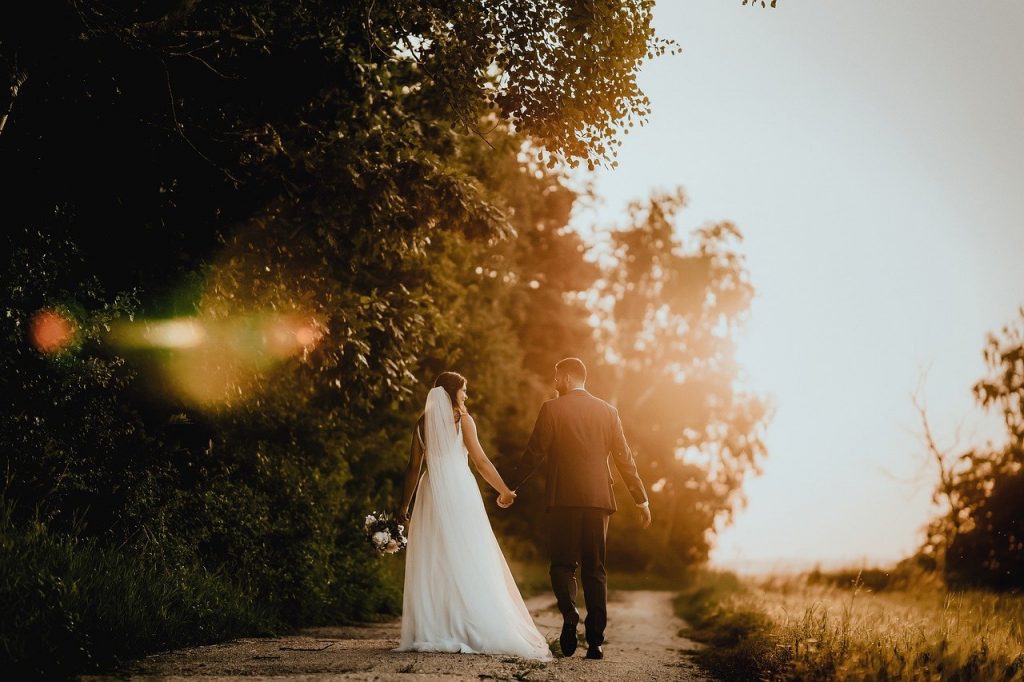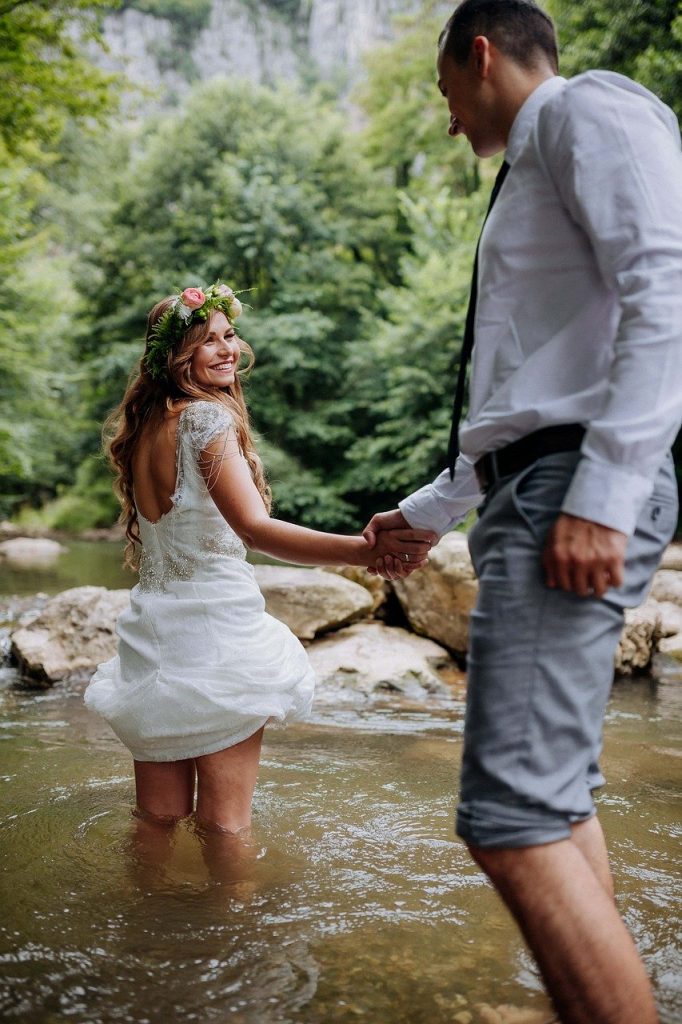WEDDING
A wedding is a significant and memorable event in a couple’s life, and capturing the moments of this special day through photography is of paramount importance. Here are some key considerations and tips for wedding photography:
## 1. **Preparation and Planning:**
– Meet with the couple beforehand to discuss their expectations, preferences, and specific shots they want to capture.
– Scout the wedding venue(s) in advance to familiarize yourself with the layout and lighting conditions.
## 2. **Equipment:**
– Use professional-grade camera bodies, a variety of high-quality lenses (e.g., wide-angle, standard, and telephoto), and external flashes for versatility.
– Have backup equipment on hand, including extra camera bodies, lenses, batteries, and memory cards.
## 3. **Shot List:**
– Create a comprehensive shot list in collaboration with the couple to ensure you capture all the important moments, including family portraits, key ceremony moments, and reception highlights.
## 4. **Capturing Emotions:**
– Look for candid moments that convey genuine emotions, such as laughter, tears, and moments of connection between the couple and their loved ones.
## 5. **Lighting:**
– Utilize natural light whenever possible, but be prepared to use artificial lighting techniques, such as off-camera flash, to fill in shadows or add drama.
## 6. **Composition:**
– Apply strong compositional techniques, like rule of thirds, leading lines, and framing, to create visually engaging and balanced images.
## 7. **Posing and Directing:**
– Provide gentle guidance to the couple and wedding party for posed shots, ensuring they look natural and relaxed.
– Encourage the couple to be themselves, capturing their unique personalities and dynamic.
## 8. **Details and Atmosphere:**
– Pay attention to the finer details that make the day special, such as the rings, floral arrangements, table settings, and decor.
– Capture wide shots of the venue and surroundings to establish the atmosphere and setting.
## 9. **Staying Unobtrusive:**
– Blend into the background during intimate moments to capture candid shots without being obtrusive or intrusive.
## 10. **Adapting to Changing Conditions:**
– Be prepared to adapt to different lighting conditions and weather. Have a backup plan for outdoor shoots in case of rain or harsh sunlight.
## 11. **Post-Processing and Editing:**
– Use professional photo editing software (e.g., Adobe Lightroom or Photoshop) to enhance and retouch images, ensuring they meet the couple’s vision.
## 12. **Communication and Professionalism:**
– Maintain open and clear communication with the couple and other vendors throughout the process.
– Dress appropriately and conduct yourself professionally to build trust and confidence with the couple and guests.
## 13. **Delivering the Final Product:**
– Provide the couple with a mix of edited, high-resolution images in a format of their choice (e.g., digital files, prints, or an album).
Remember, wedding photography is not only about capturing beautiful images, but also about preserving the emotions and memories of the day. Approach each wedding with creativity, sensitivity, and a focus on storytelling.




